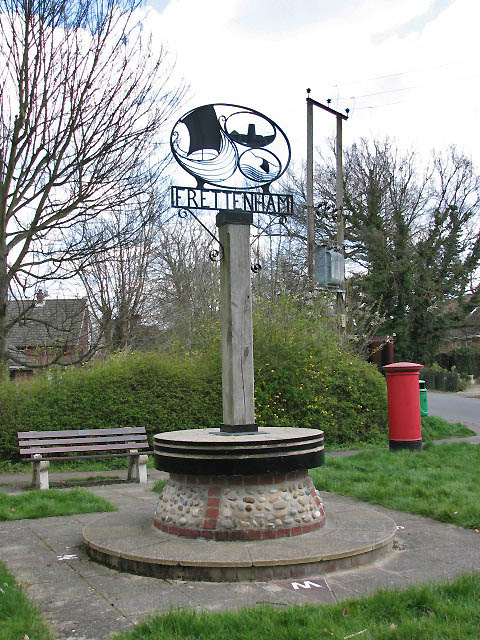Frettenham Windmill on:
[Wikipedia]
[Google]
[Amazon]
Frettenham Mill is a
 *Joshua Harper c.1880-91
*Alfred Edward Sutton Herne 1891-c.1900
Reference for above:-
*Joshua Harper c.1880-91
*Alfred Edward Sutton Herne 1891-c.1900
Reference for above:-
Windmill World
webpage on Frettenham Mill. {{Windmills in England Industrial buildings completed in 1880 Windmills completed in 1880 Towers completed in 1880 Windmills in Norfolk Tower mills in the United Kingdom Grinding mills in the United Kingdom Grade II listed buildings in Norfolk Grade II listed windmills 1880 establishments in England
Grade II listed
In the United Kingdom, a listed building or listed structure is one that has been placed on one of the four statutory lists maintained by Historic England in England, Historic Environment Scotland in Scotland, in Wales, and the Northern Irel ...
tower mill
A tower mill is a type of vertical windmill consisting of a brick or stone tower, on which sits a wooden 'cap' or roof, which can rotate to bring the sails into the wind.Medieval science, technology, and medicine: an encyclopedia (2005), 520
Thi ...
at Frettenham
Frettenham is a village and civil parish in the English county of Norfolk. It is located west of Wroxham, and north of Norwich.
History
Frettenham's name is of Anglo-Saxon origin and derives from the Old English for Fraeta's homestead or villa ...
, Norfolk
Norfolk () is a ceremonial and non-metropolitan county in East Anglia in England. It borders Lincolnshire to the north-west, Cambridgeshire to the west and south-west, and Suffolk to the south. Its northern and eastern boundaries are the No ...
, England
England is a country that is part of the United Kingdom. It shares land borders with Wales to its west and Scotland to its north. The Irish Sea lies northwest and the Celtic Sea to the southwest. It is separated from continental Europe b ...
which has been converted to residential accommodation.
History
Frettenham Mill was built c1880 for Joshua Harper. He died in 1891 and the mill was offered for sale byauction
An auction is usually a process of buying and selling goods or services by offering them up for bids, taking bids, and then selling the item to the highest bidder or buying the item from the lowest bidder. Some exceptions to this definition ex ...
at the Royal Hotel, Norwich
Norwich () is a cathedral city and district of Norfolk, England, of which it is the county town. Norwich is by the River Wensum, about north-east of London, north of Ipswich and east of Peterborough. As the seat of the See of Norwich, with ...
on 18 July 1891. It was bought by Alfred Herne, who worked it until c.1900.
The mill had lost its sails and fantail by c.1910. The mill was derelict by 1937, but at that time retained the cap frame. By 2004, the mill and associated outbuildings had been converted to residential accommodation. A new boat shaped cap was fitted to the mill tower.
Graham Cottrell and wife Suzanne Cottrell owned the mill between 2011 and 2016, during that time the fourth mill stone (two still in place, one incorporated into the village sign) was returned to the site and mounted as a water feature in the garden, additionally a modern single door on the first floor was replaced with a pair of doors matching the oldest photos of the mill that are available.
Description
Frettenham Mill is a five storey tower mill which had a stage at second floor level. The cap was winded by a ''fantail''. The mill had four sails. The tower is to the curb. Much of the machinery survives in the converted mill, including the wooden ''upright shaft'', wooden clasp-arm ''great spur wheel'', cast iron ''crown wheel'' with wooden teeth and two pairs of ''underdrift'' French Burrmillstone
Millstones or mill stones are stones used in gristmills, for grinding wheat or other grains. They are sometimes referred to as grindstones or grinding stones.
Millstones come in pairs: a convex stationary base known as the ''bedstone'' and ...
s. One of the millstones was incorporated into the village sign.
Millers
 *Joshua Harper c.1880-91
*Alfred Edward Sutton Herne 1891-c.1900
Reference for above:-
*Joshua Harper c.1880-91
*Alfred Edward Sutton Herne 1891-c.1900
Reference for above:-
References
External links
Windmill World
webpage on Frettenham Mill. {{Windmills in England Industrial buildings completed in 1880 Windmills completed in 1880 Towers completed in 1880 Windmills in Norfolk Tower mills in the United Kingdom Grinding mills in the United Kingdom Grade II listed buildings in Norfolk Grade II listed windmills 1880 establishments in England